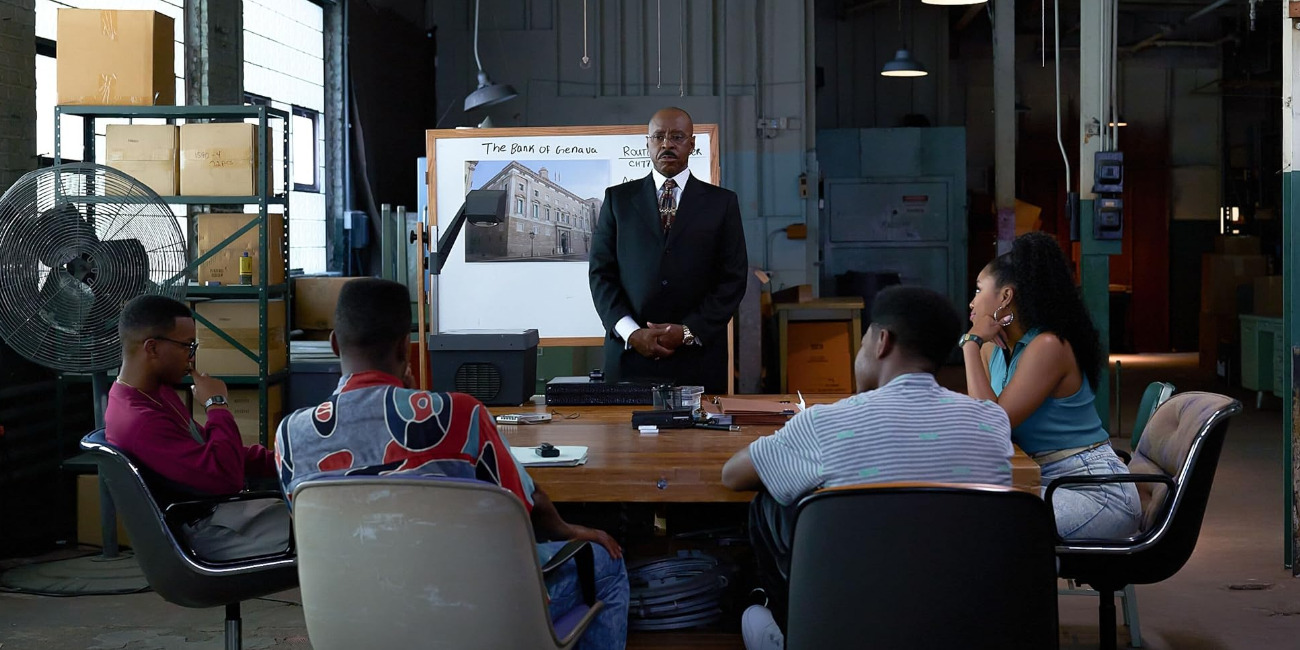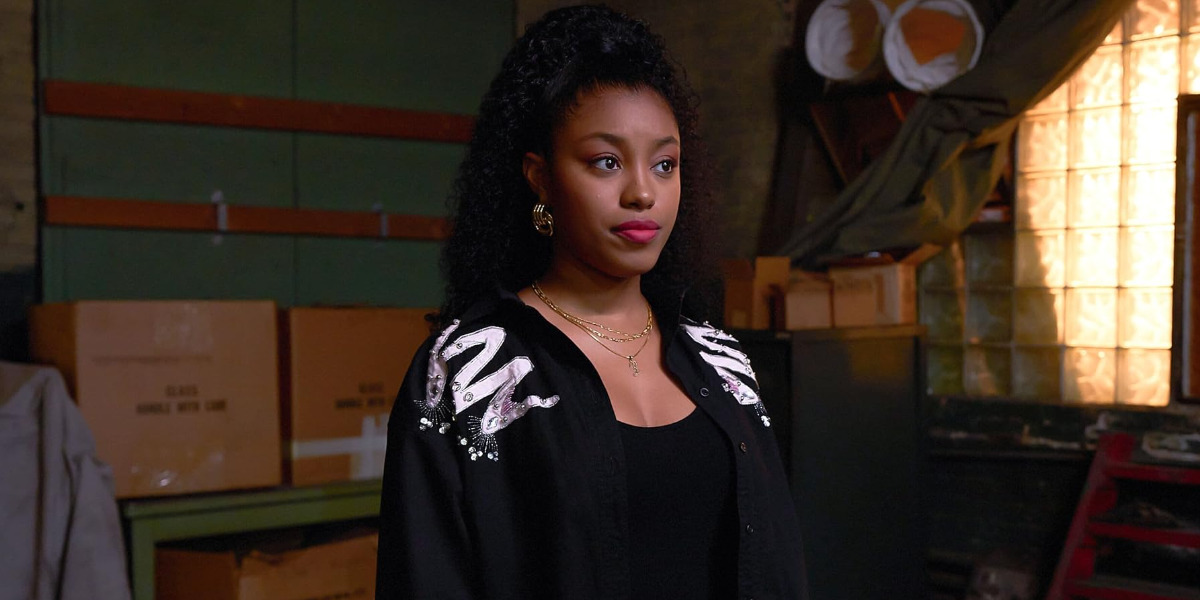Following an experienced swindler and his team of amateurs, ‘Heist 88,’ a crime film directed by Menhaj Huda, charts the thrilling tale of an ambitious bank robbery. When the opportunity to rob The First Bank of Chicago presents itself due to their manipulable wire transfer protocols, Jeremy Horne recruits a team of bank employees. Through his nephew, Marshall King, Horne comes into contact with Danny Pugh, Rick Lewis, and LaDonna Page, and together, the team ventures into a dangerous territory that might just win them $80 million.
The film is inspired by the real-life events that took place in 1988, where Armand Moore tried to rob a bank with his accomplices. As such, natural curiosity arises regarding Horne’s team and their origin.
Marshall, LaDonna, Danny, and Rick Are Partially Based on Real People
Marshall, LaDonna, Danny, and Rick are partially based on real people. Despite ‘Heist 88’s’ roots in reality, the film equips creative liberty wherever necessary to derail fact into fiction in service of its narrative. As a result, in order to maintain separation from real people, the film swaps them out for fictional characters, as done with Armand Moore, whose on-screen counterpart is Jeremy Horne.

Therefore, even though there are people who fulfilled similar roles in Moore’s heist as these characters do in Horne’s, the latter isn’t explicitly based on the former. Furthermore, in real life, the authorities charged seven people for the May 13, 1988, Chicago Bank Robbery, while only five people played instrumental roles in the robbery in the film.
Otis Wilson, one of the only two bank employees involved in the theft, likely served as the base inspiration for the characters of Rick and Danny. Meanwhile, Gabriel Taylor, a transfer room worker, could have influenced LaDonna, with Marshall finding his roots in Herschel Bailey, a relative of Moore’s. However, apart from their professional involvement in the heist, these separate sets of people hardly have much else in common.
After the authorities caught up to Moore and his accomplices, Wilson and Taylor pleaded guilty to the crime, and the latter, alongside Bailey, went on to testify against Moore during his trial. Ultimately, Wilson saw a three-year prison sentence, while Taylor and Bailey’s fates remained publicly ambiguous due to their testimonies. Consequently, the discrepancy between reality and its on-screen depiction distances Marshall and his friends from Wilson, Bailey, and Taylor.
Yet, the characterization of Marshall and the others, their motivations, and their philosophies became one of the key features that the narrative focuses on. When discussing the film in an interview, Director Huda said, “I think that’s what the story is very good at doing, just sort of framing it in a way that you really understand why people do these things, why these people decided to do what they did.”
Furthermore, in the same interview, the director also touched upon the film’s subversive and fictional nature. Without divulging any spoilers, the film equips a much different climax to Moore’s story than reality. Referencing the same, Huda said, “I think that’s what, again, for me, elevated the script to another level because a crime, especially committed by any black people, is reported in a certain way in this country, and you’ve had it since day one, really.”
“It still continues to this day, but when you make a film like this, which is based on a true story, you get the opportunity to slightly reframe how that works and why these people were left without any other option but to do what they did. I’m very comfortable with that, and I find that that’s a way of exposing a truth that other mediums maybe don’t want to expose or discuss or deliberate over.”
As a result, we can conclude that, like ‘Heist 88,’ Marshall, LaDonna, Danny, and Rick have certain roots in reality. Nonetheless, the characters don’t necessarily follow in their muse’s footsteps, maintaining their separate narratives.
Read More: Heist 88’s True Story: Exploring the Real Crime Behind the Movie


You must be logged in to post a comment.